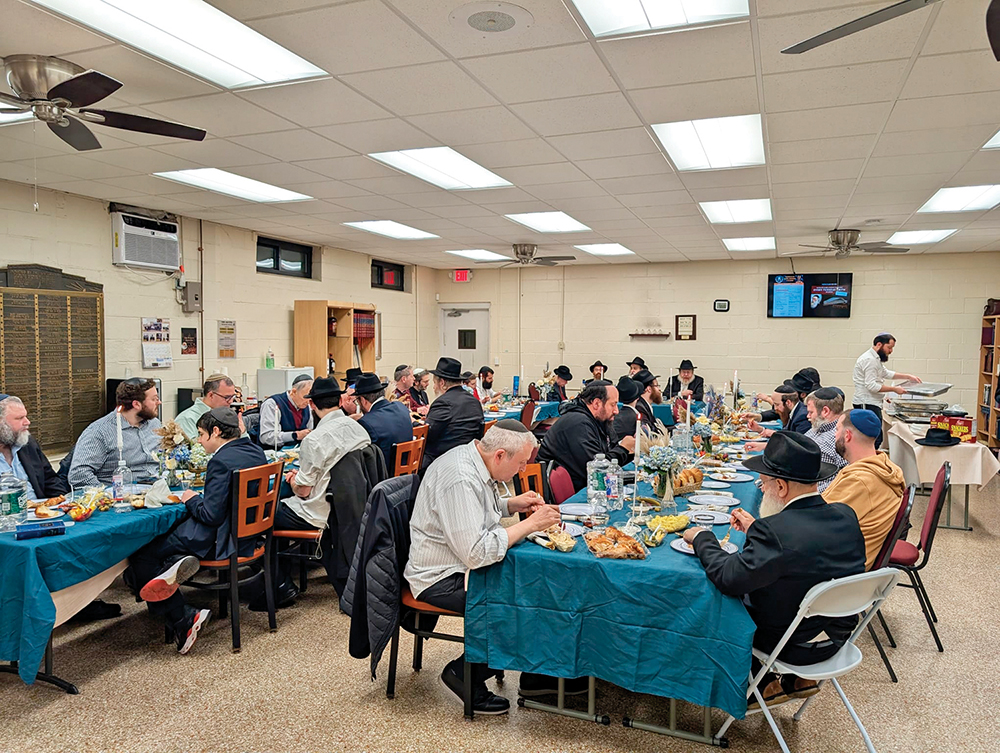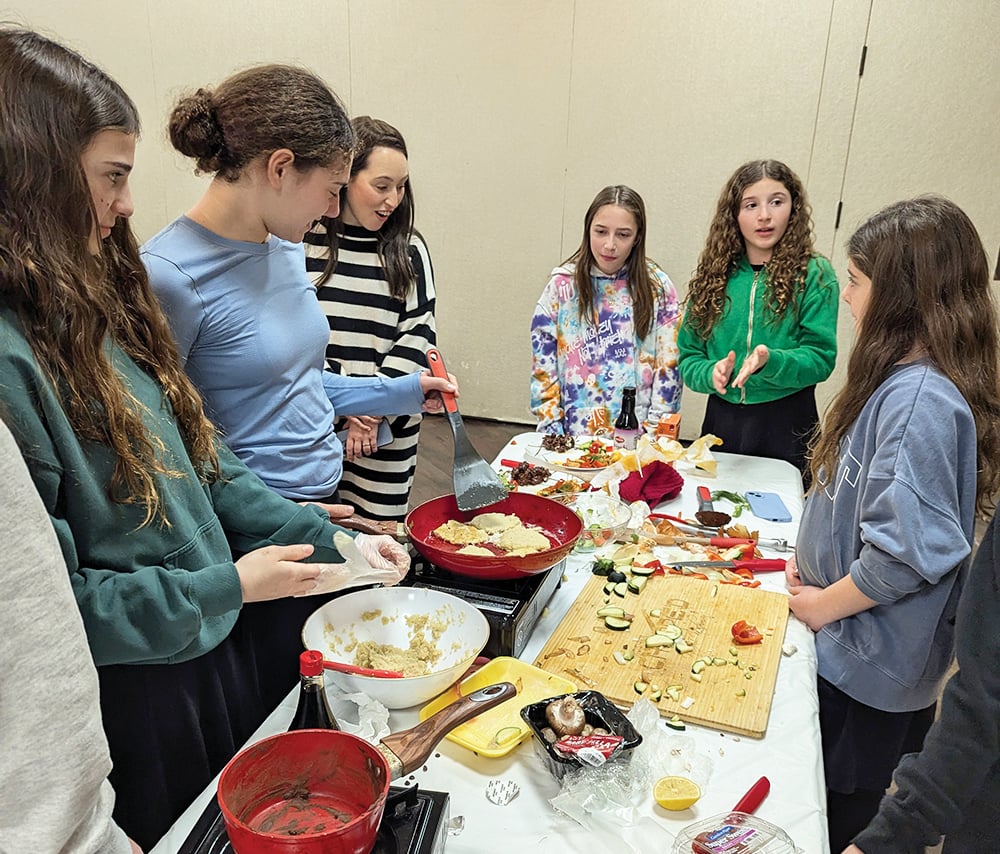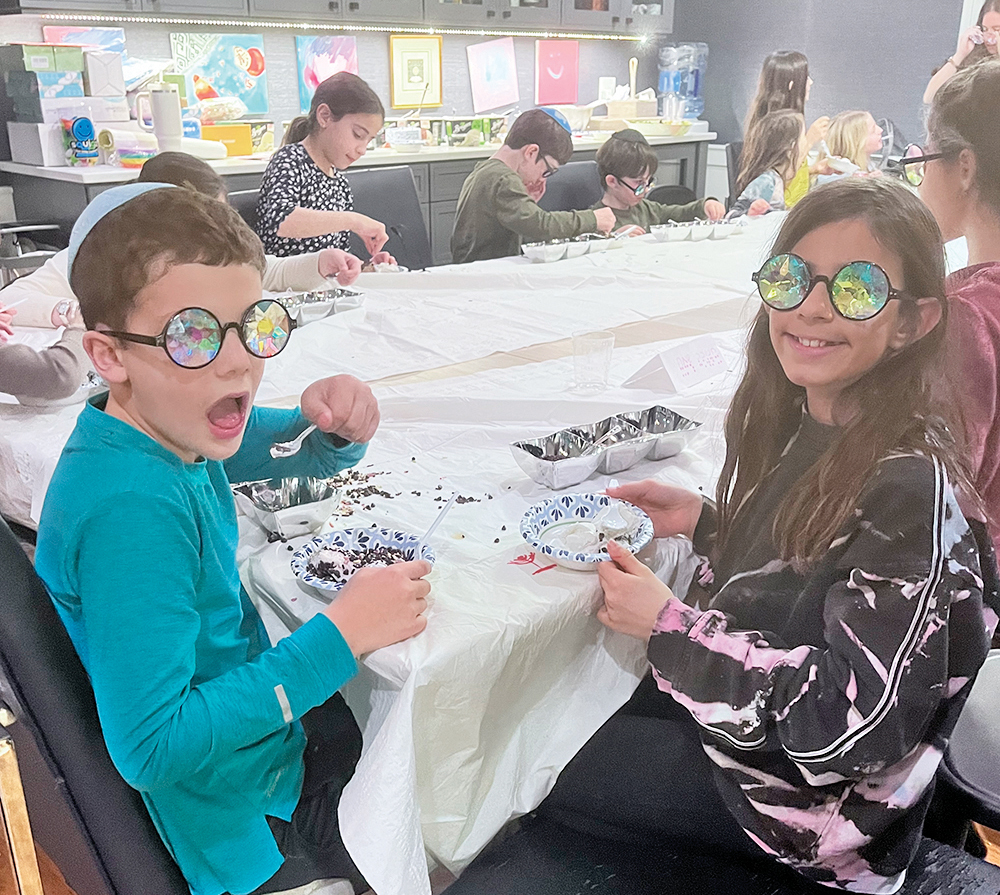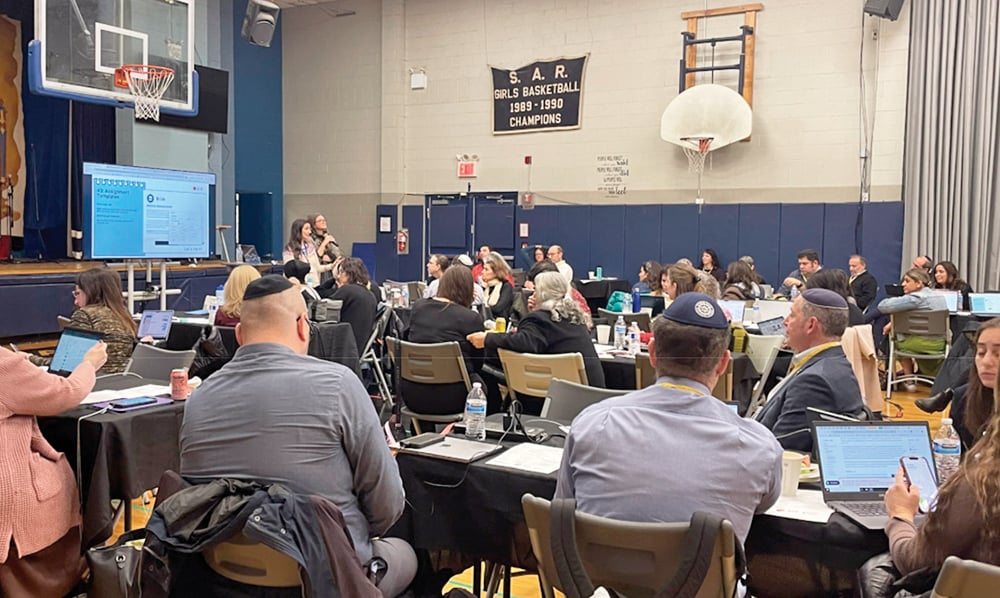



It’s hard not to read “Lech Lecha” as an invitation to Avraham Avinu—and each of us—to go beyond our comfort zones. In this spirit, I’m recapping my recent trip to spend time with the unsung kehillah in El Salvador, and invite you to consider one day putting it on your itinerary, too.
I spent much of my youth in the hills of Asturias in Spain, so I know a thing or two about beautiful countryside. El Salvador has all that and more: cliffs, caves, volcanoes, exceptional waterfalls, lakes, incredible sunsets and world-class beaches.
Selfishly, I want readers to believe the worst of the sensationalized reports that you used to hear on the news about gang violence. These reports discourage tourists so hotel prices remain low (under $30/night in most places), and those who do end up going get to enjoy the country at rock-bottom prices. In truth, locals told me that the new government has done an exceptional job of reducing violence across the couple of neighborhoods in the capital that were gang-controlled. They’d probably still avoid these neighborhoods where possible, just as I wouldn’t want to spend the night in areas with double their homicide rates like downtown Baltimore or certain parts of New York.
As a semicha student at Yeshivat Chovevei Torah Rabbinical School (and as a native Spanish speaker!) I was invited to be a rabbinical presence and lead the community over Rosh Hashanah and Yom Kippur. The Jews in this community are too poor to support a full-time rabbi in the country but frequently have visiting rabbis (and an increasing volume of tourists!) who stop there on their way to other Latin American countries like Panama, Guatemala, Argentina or Mexico. But what they lack in financial resources, they more than make up for in their generosity of spirit and hachnasat orchim. Before Rosh Hashanah finished, I’d already accepted their invitation to extend my trip over Sukkot. This gave me more time to visit the few families that live further from the two main communities. One of these is in San Salvador, where the Orthodox beit knesset serves the Jews spread far and wide across the city; the other is concentrated around the country’s other Sefardi shul in the countryside of Armenia.
With the help of a friend I was able to raise money for some mezuzot before I went. At around $100, these cost a week’s wages for the average El Salvadorian Jew, and were joyously received wherever I went. I was also able to bring a suitcase of machzorim to double the country’s supply of these items. I wish I could have raised more funds. While many in the U.S. are blessed to afford multiple sets of arba minim for various family members, the entire kehillah could only afford two sets to share between the 30-40 families.
I was based in the municipality of Armenia. It was fun to meet many of the local residents on my walks around town. In this largely Catholic country, they have much respect for the Jews of the town. They also have an economic interest. When I walked by with Asher, the community’s president, the storekeepers would frequently call him over to show him the latest products they got from the U.S. or Mexico with a recognized kosher symbol.
Each day of Yom Tov and on Shabbat, I gave a shiur between Mincha and Maariv. Also at each Shacharit, I gave a short dvar halacha. The thirst for Torah is great in this flourishing community, and many women came to listen while their kids played with some of the toys I had brought with me. (As you can imagine by now, most homes have few toys and it’s rare to find books apart from at their local school.) Like Sarah Imeinu’s tent, the Ezrat Nashim is largely open to the elements. This was not exactly how it was meant to be.
Few people in the kehillah have a bank account. Whenever they are able to, they give cash donations to the president and treasurer. Since most of these funds are used to maintain the mikvah, there hasn’t been money over the years to build proper walls to enclose the Ezrat Nashim and repair some of the subsidence that’s led to cracks in the unfinished concrete floor on the women’s side. They estimate it would take more than $20,000 to make the needed improvements, so if you know someone that wants to make a dramatic impact on the religious and spiritual lives of these “Nashim tzidkaniyot,” please be in touch. Another dream of theirs is to build a new cemetery. There isn’t any more room locally, so unless things change, they will soon need to “export” their dead to give them a halachic burial (a six-hour drive away in Guatemala).
I was inspired by the dedication and devotion of this kehillah to Torah U’mitzvot despite being somewhat isolated from kehillot in the rest of the world, and lacking the amenities, infrastructure and access to Jewish education that we in the U.S. often take for granted. I hope to find a few (second-hand) laptops to bring on my next trip, as I met a number of community members who have grown their Torah knowledge by accessing Spanish-language shiurim over the internet. The internet is also a powerful tool to help the younger generation especially to increase their economic opportunities by learning English and other skills.
Among the many highlights of my trip was the opportunity to watch the shechita of dozens of chickens on Erev Rosh Hashanah and Erev Sukkot. This helps the livelihood of the local chicken farmers, some of whom are members of the kehillah. It was fascinating to see the Shulchan Aruch come to life and discuss with the shocheit the halachot I’ve been learning in yeshiva. I also really enjoyed helping various families build their sukkahs. In one or two cases the sukkah seemed more sturdy than their actual home. Reading about the demise of Yonah’s Kikayon, and then spending Sukkot with this community, really helped to reconnect me with the themes of minimalism, agriculture and Hashem as our ultimate source of shade and protection. Sitting in various sukkot beneath El Salvador’s stars, I gained renewed appreciation for a central lesson of the chag: that there are times in our lives when we need to step outside our usual comfort zones.
To learn more about the community, I invite you to be in touch.
Balbino Cortarelo Núñez has an MSc in molecular biology and biotechnology, is a former science and biology teacher and has lived and worked in several countries. He is a second-year semicha student at Yeshivat Chovevei Torah Rabbinical School (https://yctorah.org/) and aspires to a rabbinate in a place where he can inspire others with his love of Torah and Yahadut. Reach him at balbinocotarelo@ gmail.com













